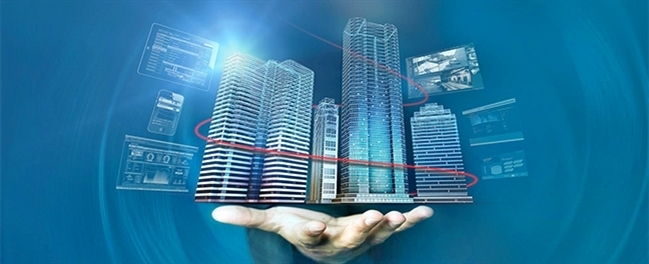
We have experienced very rapid development and transformation in the real estate sector within the last 25 years and we continue to do so. Instead of buildings designed for a single purpose such as homes, offices, shopping malls and used at certain times of the day, we are now constructing complex buildings that have multiple functions and hundreds of thousands of square meters of indoor space and are alive for 24 hours.
It is inevitable that the change in the real estate sector will change the understanding of facility management. Like any other change, we are encountered with problems and opportunities here. The Integrated Building Control Systems (EBKS), which combines security and automation systems with personnel and resource management in solving these problems and evaluating opportunities, make a significant contribution to the facility management. Investors and facility managers who are aware of this demand EBKS in their projects, and design offices make designs in accordance with this demand.
In this process, an answer is sought to the question of "How should an EBKS be?". Although the answer to the question is different for each facility, the process of searching for answers is the same. First of all, it is a fact that EBKS is an investment for the facilities. Therefore, it is best to start by conducting a benefit/cost analysis. Like every investment made with the right analysis, EBKS will also provide benefits to its investors.
A well-designed EBKS will make your facility more secure, more comfortable, more efficient and more manageable.
For a More Secure Facility
The answer that we will give to the question of “How should an EBKS be?” in crowded and large complexes that are alive for 24 hours is: Smart security systems that can detect violations and risks independently of humans, apply emergency scenarios automatically, and an EBKS in which these systems operate in an integrated manner, not independently of each other, and common emergency scenarios can be applied for all subsystems.
For a More Comfortable Facility
As the number of criteria defined for the need for comfort increases in the areas allocated for personal use, the more difficult it will be to operate that facility. The answer that we will give to the question of “How should an EBKS be?” for such a facility is: An EBSK where common comfort scenarios can be implemented for smart automation systems that can provide the necessary control for each space and comfort criterion and for all the subsystems where these systems operate in an integrated manner.
For a More Efficient Facility
We can ensure the efficiency of air conditioning and lighting systems in plant management in two ways. The first is to use those with high efficiency of energy-consuming devices in these systems, and the second is to open these systems when and as much as we need.
The answer that we will give to the question of “How should an EBKS be?” for a facility having efficiency sensitivity: An EBSK that can automatically perform the measurement, record keeping, analysis and reporting of efficiency processes. It is also an EBSK where heating, cooling, ventilation, lighting and similar automation systems operate in an integrated manner and common efficiency scenarios can be applied.
For a More Manageable Facility
Just as with efficiency, personnel and resource management is a process. In this process, it is necessary to make measurements, keep records, analyze the records, eliminate and improve the problems detected according to the analysis results.
The question that we will give to the question of “How should an EBKS be?” for personnel and resource management is: An EBSK that can record predefined conditions such as transmission, approval and elimination of failures and alarms occurring in the systems to the operator together with date, time, relevant personnel and similar information; allows reporting and analysis from these records; allows to create a to-do list respectively on the operator screen for defined situations and alarms; and creates an automatic work order.